Fashion: Chanel / Paris
Stitch in time
Elegantly straddling the worlds of luxury and popular culture, Chanel is going from strength to strength more than a century since it was founded. Monocle speaks to its president of fashion, Bruno Pavlovsky, about its renewed focus on heritage, craft and timeless style.
Ever since Gabrielle “Coco” Chanel designed one of her first garments in 1916 – a belted silk-jersey blouse that looks as current today as it did then – her fashion house has been shaping our understanding of modern luxury and leading the way for the rest of the industry. Its pioneering role has rarely been contested over the past century but in today’s rapidly expanding, globalised fashion ecosystem, the power of the Chanel brand has reached new heights: record-breaking revenues (the company reported a 17 per cent sales increase in 2022), a loyal clientele showing no resistance to increasing prices, a network of some of the world’s best artisans and a recent exhibition at London’s Victoria and Albert Museum (v&a) that broke all of the institution’s visitor records. Chanel moves with finesse between the highest echelons of luxury and pop culture, niche and mainstream, old and new.
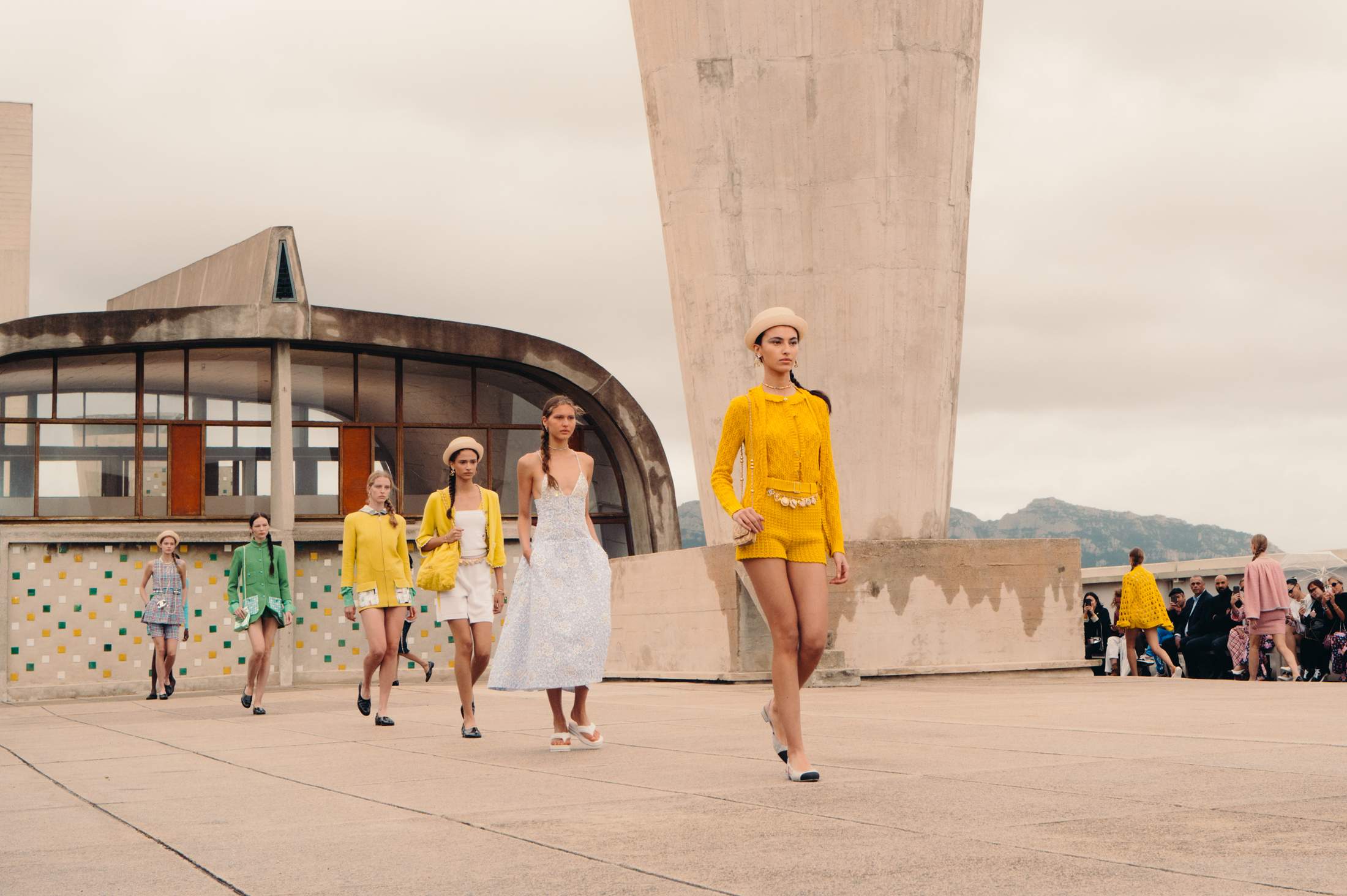
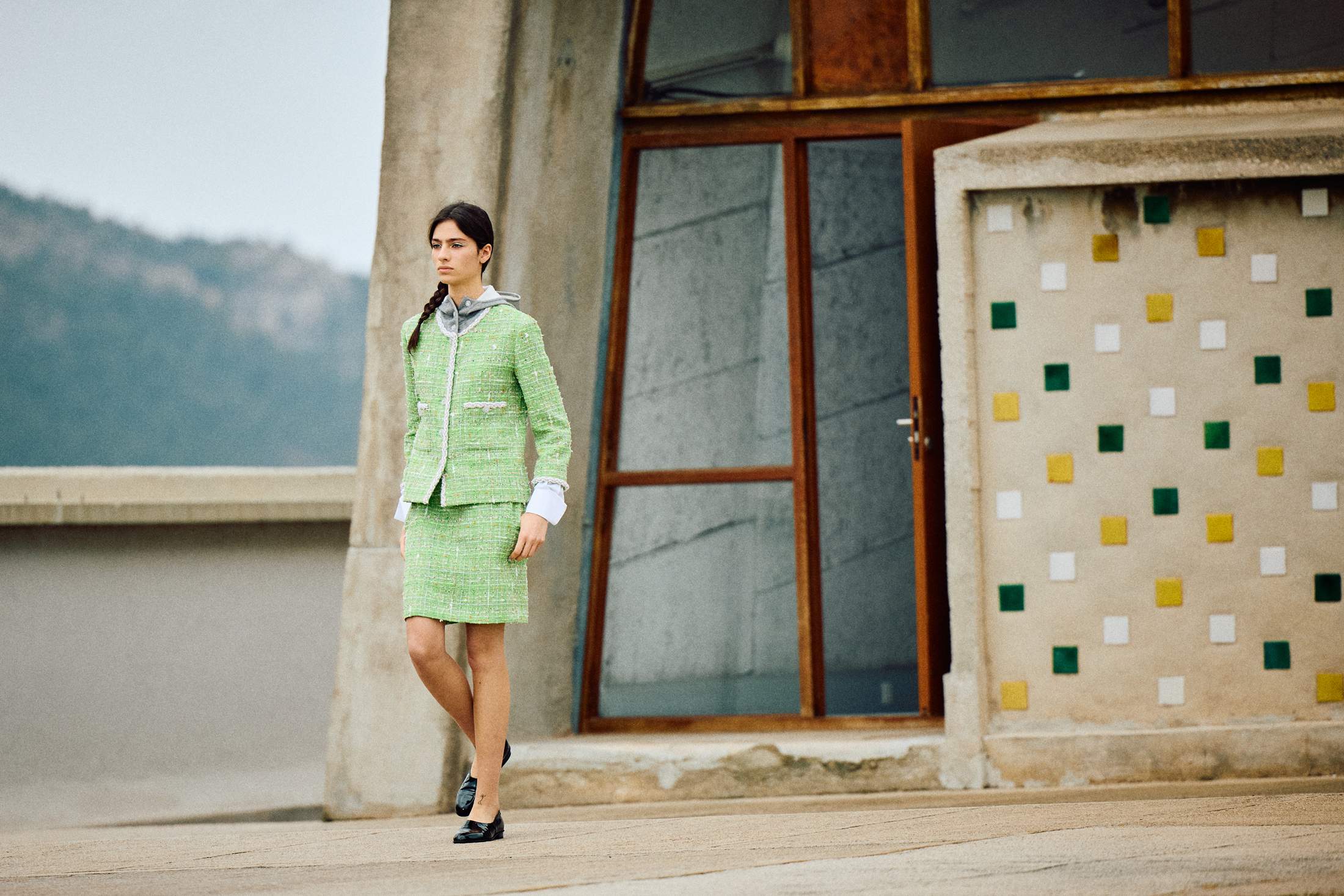
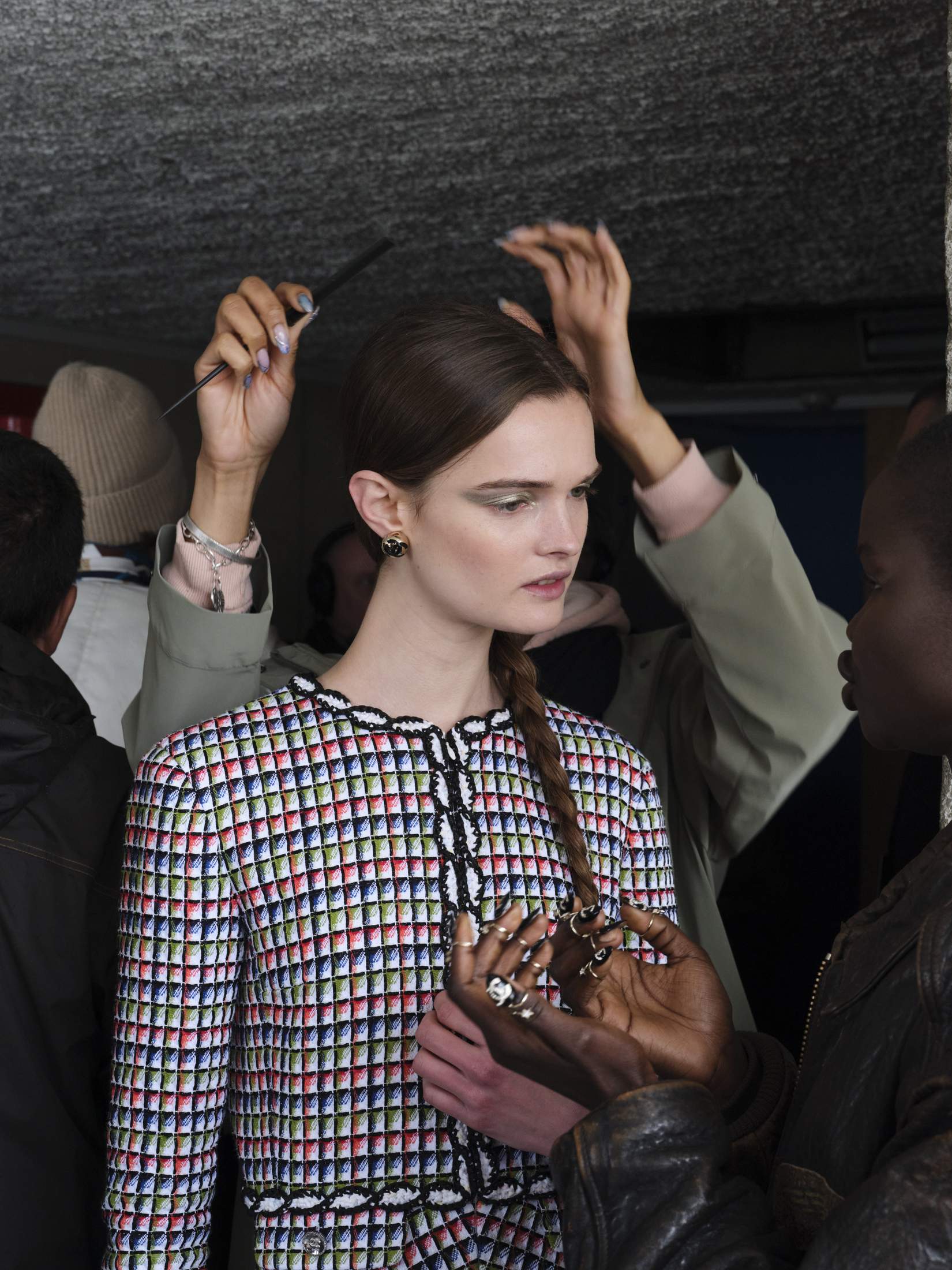
Many wonder how it has managed to achieve this kind of success at a time when its competitors have struggled to stay relevant and found themselves in a cycle of constant reinvention. For Bruno Pavlovsky, Chanel’s president of fashion since 2002, it all comes down to people: those making collections using age-old craft techniques, the experts selling them, the customers who appreciate them enough to spend money on them and the designers – led by the label’s inimitable creative director, Virginie Viard – weaving new ideas and dreams into every garment. That’s why Pavlovsky has stayed committed to the in-person experience at every level, from the company’s retail strategy and its continued investment in artisan workshops to its ambitious runway shows that celebrate not just new collections but also art, culture and the power of social gatherings. It is Chanel’s respect for fashion’s traditional values that has made it one of the world’s fastest-growing luxury businesses.
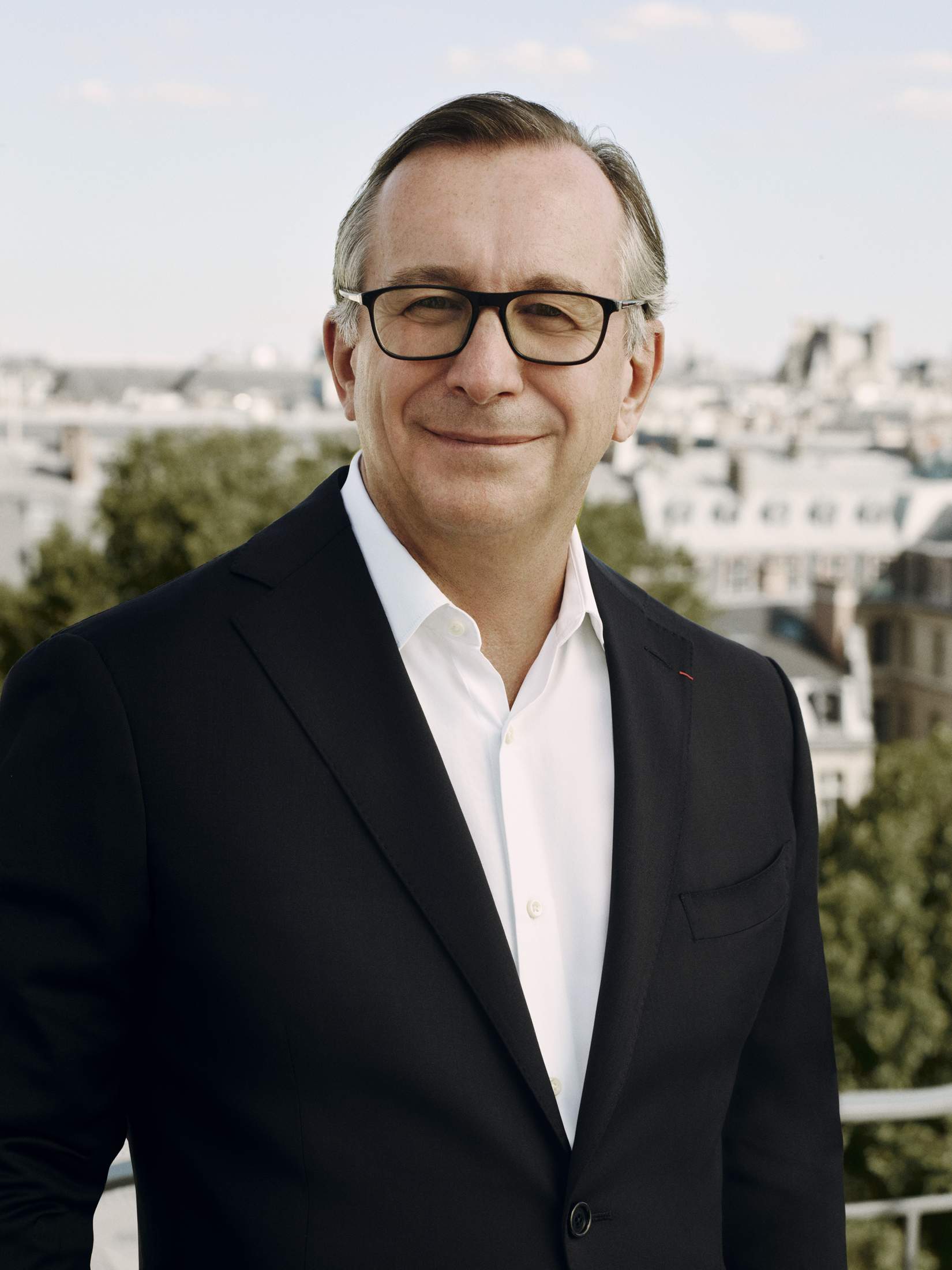
Over the past two years, Pavlovsky and Viard have doubled down on Chanel’s belief in the value of in-person gatherings, flying clients to unexpected destinations around the world and making substantial investments in the cities that host them. The house has always taken its collections on the road but at the end of 2022 it opened a new chapter by flying editors, ambassadors and clients to Dakar to present its Métiers d’art collection. “We are embracing new destinations that we don’t know about,” says Pavlovsky. “And we are clear about the need to understand a place, speak to locals and learn. By going on this adventure, we have also been able to evolve our designs and take more risks. This is important for our customers. Otherwise, our shows would start to look alike and things would feel mechanical. You have to push boundaries and be audacious.”
In December 2023 the journey continued to Manchester, where the brand hosted a literary event with novelist Jeanette Winterson, treated guests to a Manchester United match at Old Trafford football stadium and put on a runway show on Thomas Street. The team even went as far as to embroider teapots on lace and scouted young Mancunians from the street to walk the show. “Given the history of manufacturing in the city, its links to music and its creative energy, we thought, ‘Why not?’” says Pavlovsky. “When we speak about energy, we’re not only talking about luxury and beauty but the energy coming from the people, the city and the social changes happening.”
This May the house moved on to the French port city of Marseille to present its new cruise collection, an annual range dedicated to all things sunny. “After Manchester, we couldn’t go back to somewhere like St Tropez,” says Pavlovsky. “That would have been too easy, too obvious. It doesn’t mean that we’re not interested in the usual cities but there’s something intriguing about going off the beaten track and connecting with local creatives to build something new together.”
In this spirit of togetherness, Chanel and Le19m, the home of the Métiers d’art, held an exhibition in Marseille to highlight local artists, host workshops and spark discussions about the ties between the city’s creative scene and the artisanal practices that inform the brand’s collections. It took place at the Fort Saint-Jean, one of the sites of the Mucem (Museum of the Civilisations of Europe and the Mediterranean), while a runway show was held at the Le Corbusier-designed Cité Radieuse, celebrating the new cruise collection, as well as Marseille’s ties to modernist architecture, its creative spirit and its Mediterranean landscapes.

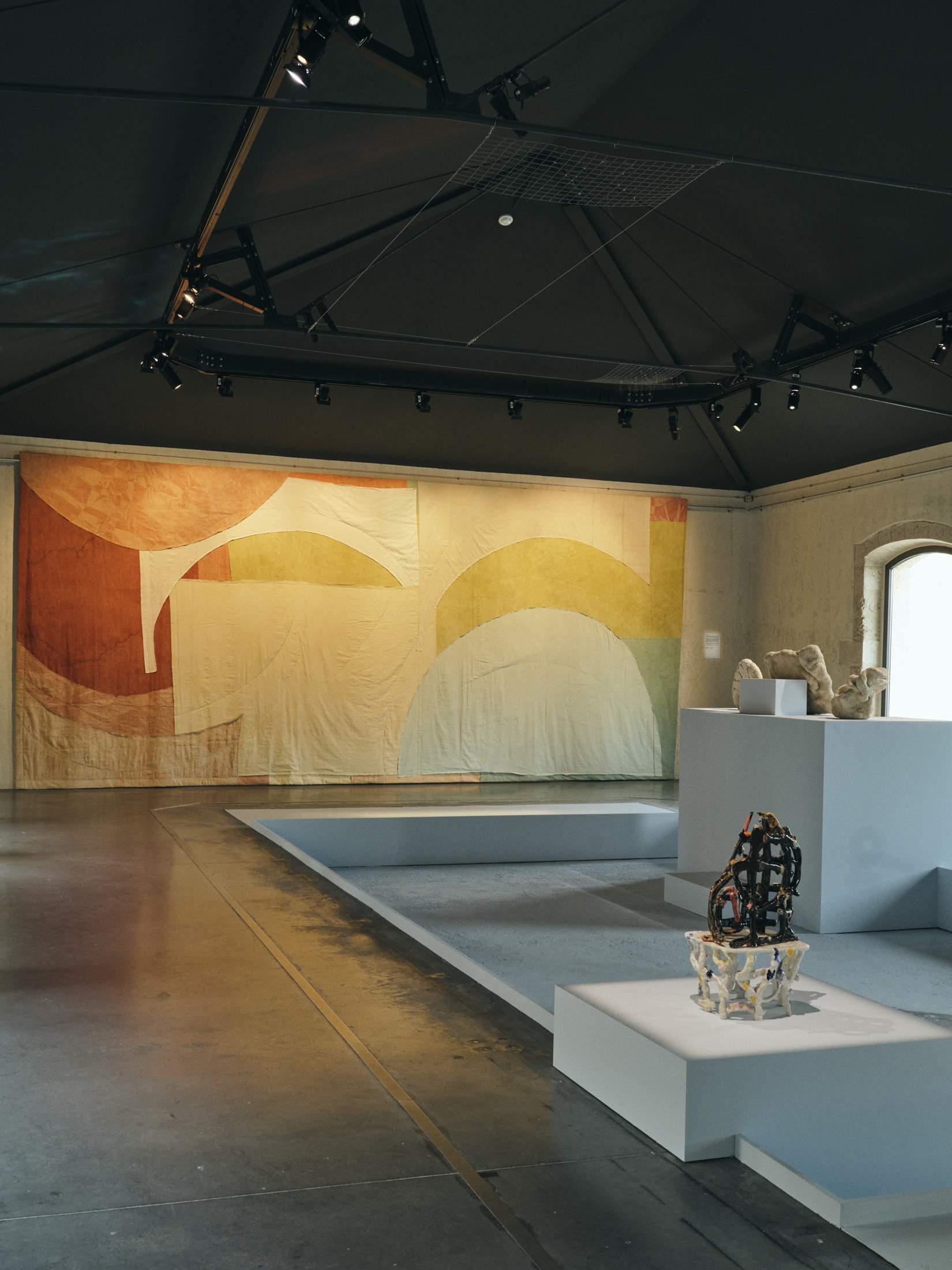
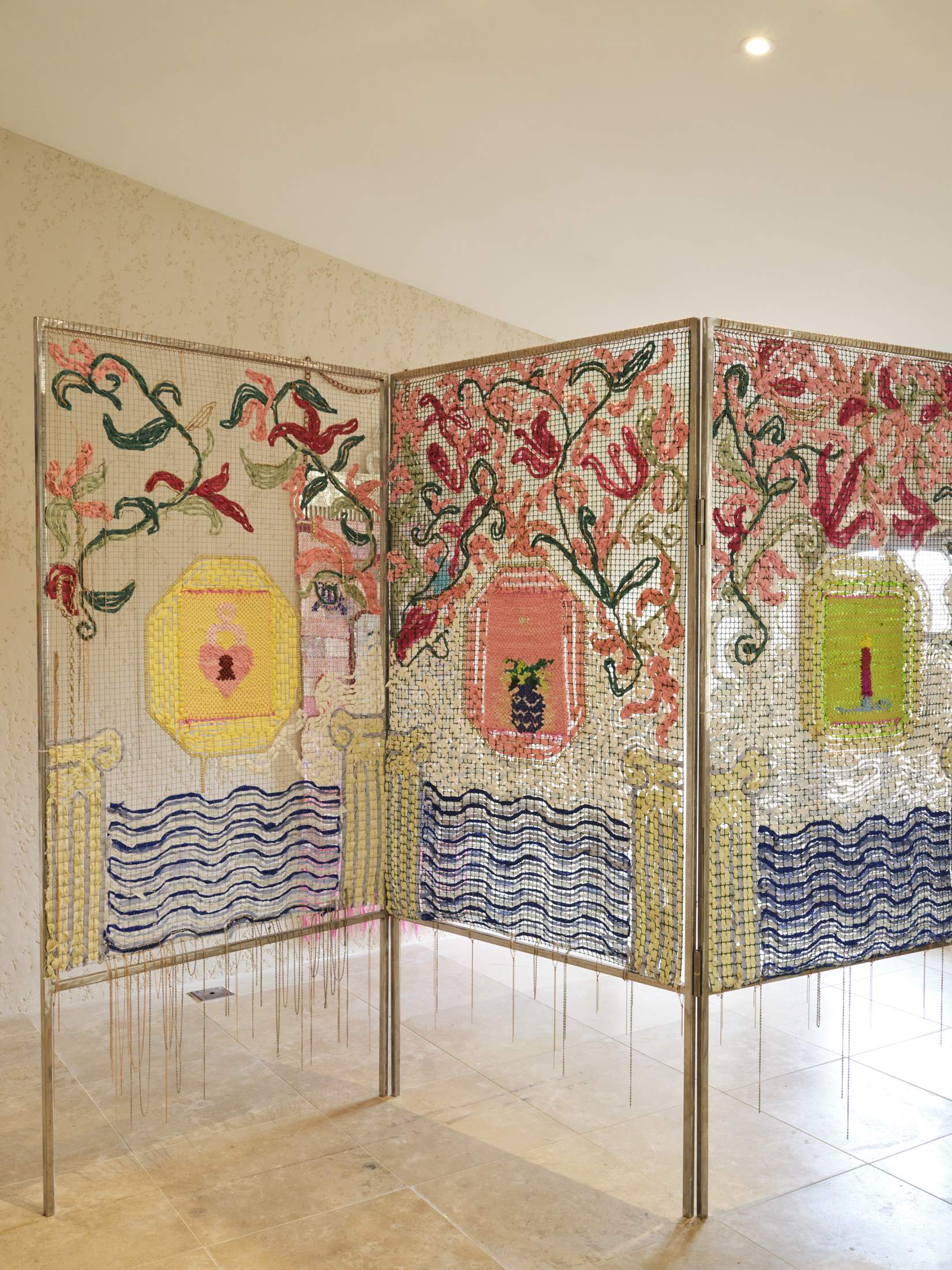
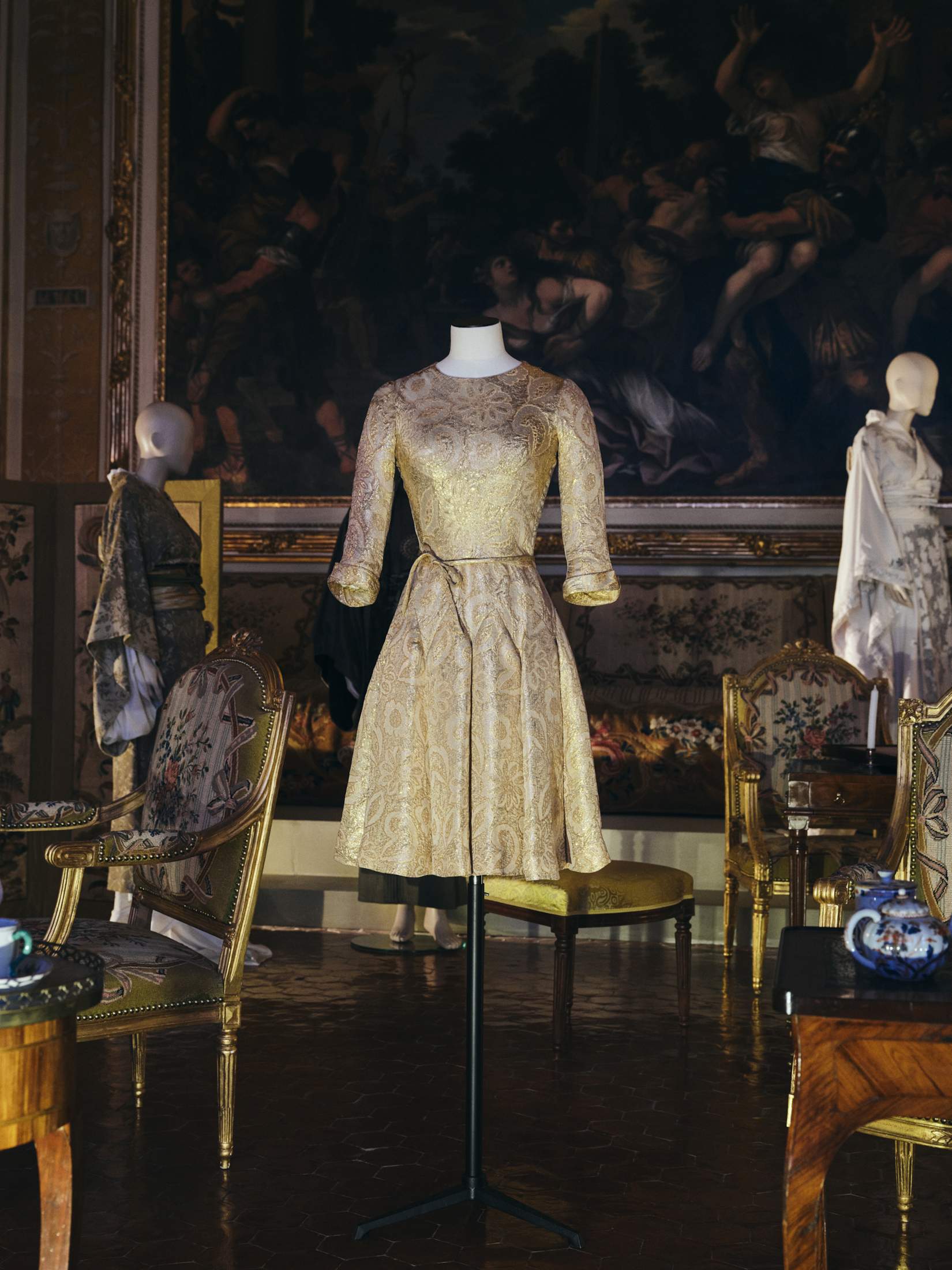
Such gatherings build momentum for the cities that they spotlight, with immediate financial rewards. Chanel’s three-day visit resulted in an £8m (€9.4m) boost for Manchester, while local creatives, from chefs to music producers and artists, were given extra visibility. It illustrated how luxury firms can use fashion’s soft power and give back to communities.
Pavlovsky, who is also the president of the Fédération de la Haute Couture et de la Mode, French fashion’s governing body, is committed to championing the house’s heritage, which is inextricably linked to the cultural life of Paris and the traditions of haute couture. Twice a year, Chanel hosts the most in-demand show in the city’s haute-couture calendar, with clients flying in from across the globe to place orders. It’s a full schedule and every event has its own purpose in the well-oiled Chanel machine.
“Couture represents the brand of yesterday, the brand of today and the brand of tomorrow,” Pavlovsky tells monocle from his black-and-white Paris office. The house has just staged its spring haute-couture show, an elegant homage to dance and a grand production that included a huge Chanel button descending from the ceiling. “Couture is pure creation,” he says. “It’s instinctive. It’s about doing the best you can. Everything is special: the trailer, the music, the way in which people are welcomed. Though it’s a business that’s limited in nature, it’s huge in terms of its effect on our image, the transmission of craft and our relationship-building with customers. There’s nothing nostalgic about it. You can project the idea of couture onto the future. Chanel wouldn’t be Chanel without it.”
“Couture is pure creation. It’s instinctive. It’s about doing the best you can. There’s nothing nostalgic about it. Chanel wouldn’t be Chanel without it”
Respecting this tradition is also a way for the company to honour its founder, who only used to design haute couture. “You need to understand the beginning of the story,” says Pavlovsky. “There’s always something new to discover, even for us.” He adds that interest in the history of the house has recently infiltrated the mainstream, as proven by the record ticket sales for the v&a’s Gabrielle Chanel: Fashion Manifesto exhibition, which explored the founder’s story. There has also been an increasing number of biopics about Paris’s leading couturiers, Chanel included. “There’s interest in our origins,” says Pavlovsky. “There’s a gap where we can share a lot more about the roots of the brand.”
He is, however, acutely aware of the macroeconomic challenges facing the sector. “Luxury isn’t protected from geopolitical crises,” says Pavlovsky. But he has no intention of scaling down the house’s ambitions. His aim is to safeguard its future by thinking beyond sales and deepening its relationships with its customers and ambassadors, who range from rapper Kendrick Lamar to actor Tilda Swinton. “It’s about people and finding the right creative synergies,” he says, adding that the company had no commercial ties to any of the cities that it recently started relationships with. “There’s no boutique in Dakar, Manchester or Marseille.”

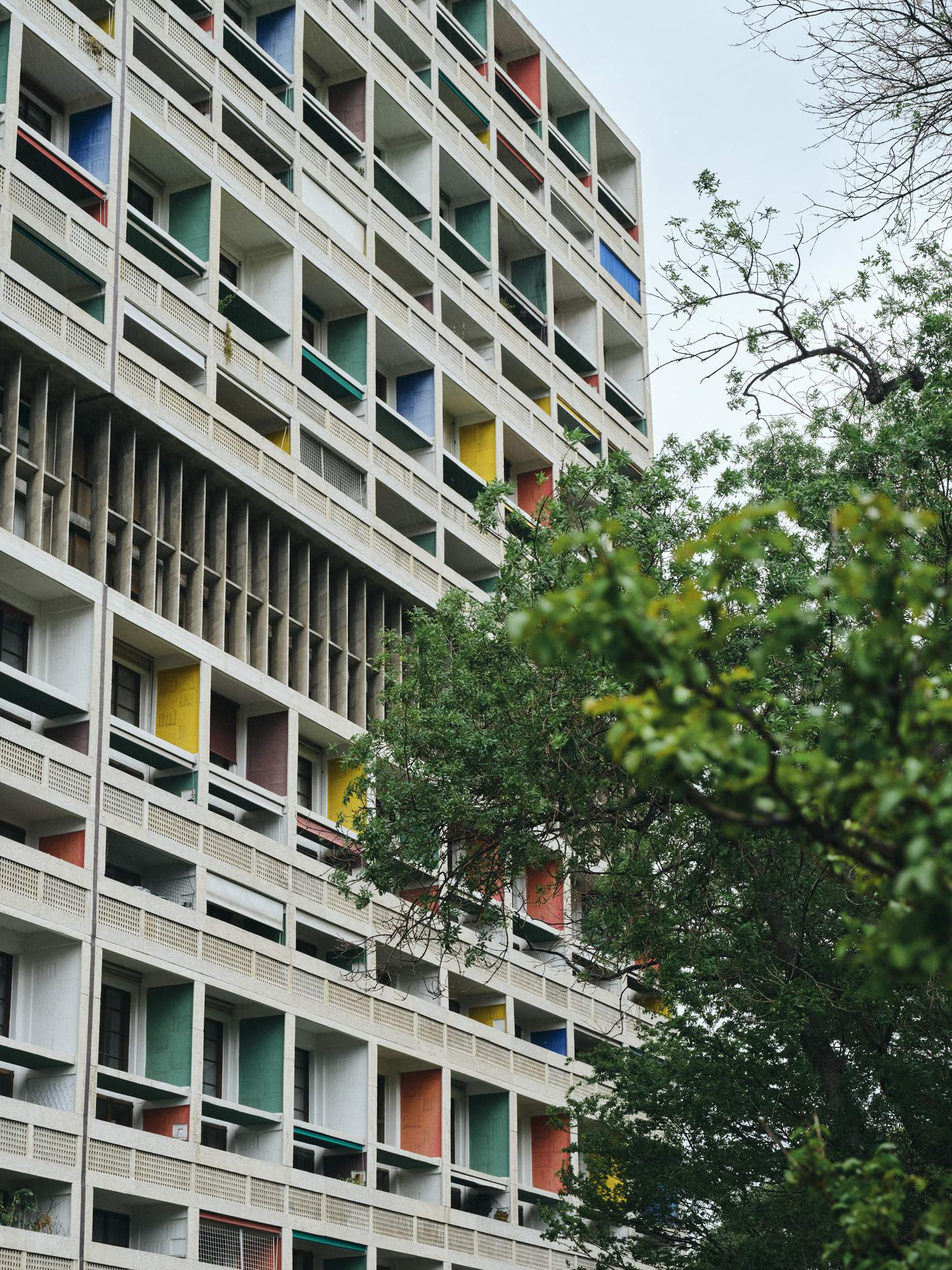
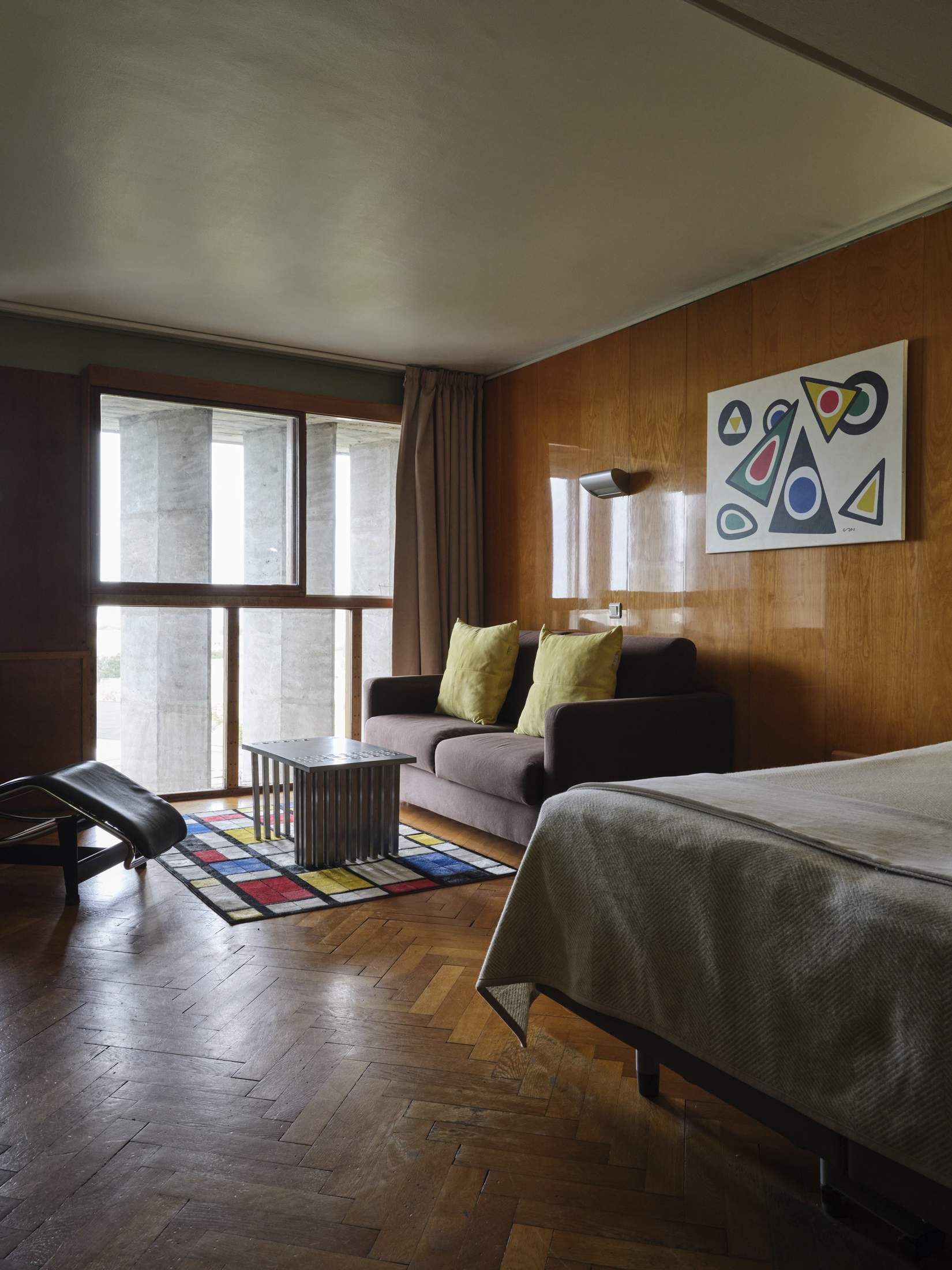
Putting commercial interests second might seem too idealistic for a brand in the business of selling luxury goods but Pavlovsky is sure that it’s the right way to go. Chanel has repeatedly proven that it has no issues when it comes
to moving product (there are waiting lists for the classic 2.55 flap bags, for example, and its beach and ski collections are always in high demand) so its teams can focus on staying creative. “If the customers feel comfortable, they’ll shop,” says Pavlovsky. “The first objective of a boutique is to help them engage with our collections, develop relationships with our shop staff and understand why our products are unique, why they are sophisticated – and why they’re expensive. Selling comes second.”
This is also why he has stayed committed to the physical boutique experience, forgoing online retail, even when the latter model was at its zenith. Pavlovsky must surely feel vindicated now that the cracks in the e-commerce sector are showing and companies are rushing back to physical sales. “Going into a shop gives you the opportunity to talk to our experts and better understand what our products are about,” he says. “That can’t be replicated on a screen. When you’re selling bags at €10,000, this is crucial. You need to be able to talk about the craft, the design and the sophistication. If you just go online and click a few buttons, you’re not respecting the work that went into the product.”
“Going into a shop gives you the opportunity to talk to our experts and better understand what our products are about. That can’t be replicated on a screen”
Customers of all ages have embraced the in-store experience, visiting Chanel shops in every city that they travel to, and many are willing to wait in long queues to enter. “It’s a good problem to have but I’m not sure that it’s the best experience,” says Pavlovsky. “We want our customers to feel privileged, so we’re talking with our teams around the world to understand what we’re doing right and what needs to be improved. The way to address issues in London won’t necessarily work in Hong Kong or New York: you’re dealing with different numbers, crowds and cultural preferences.”The answer might lie in new service propositions, rather than simply rolling out new boutiques. “A shop is the physical representation of the brand,” says Pavlovsky. “We often talk about the idea of ‘one boutique, one story’, which is something that takes a lot of effort to achieve. We want to protect that, rather than opening a lot of doors and becoming accessible everywhere.”



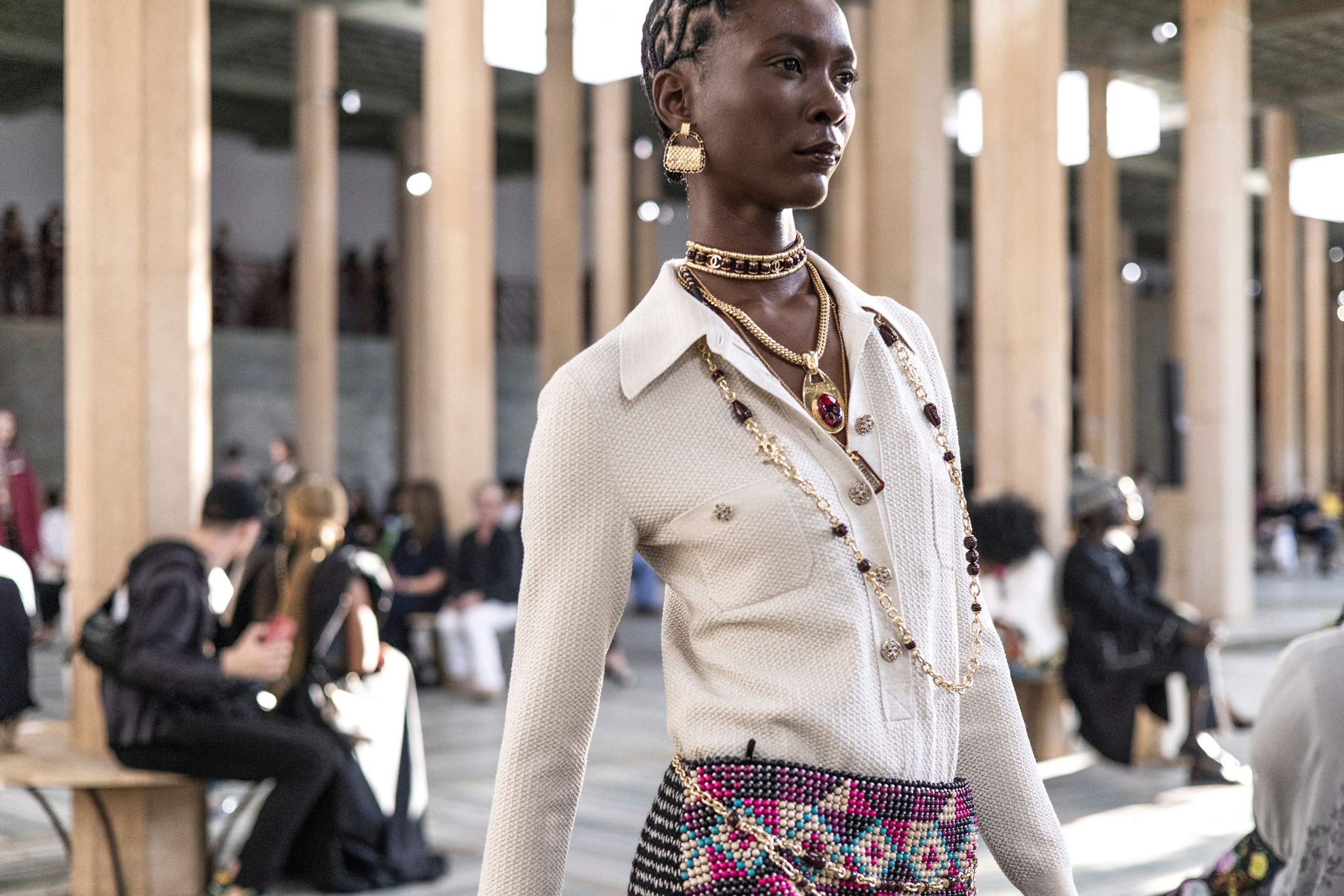
The opening of Le19m in 2022 gave Chanel another way to engage with its audience in a physical space. The new building in Aubervilliers, on the outskirts of Paris, was designed by Marseillais architect Rudy Riccioti. It houses 12 artisan workshops that Chanel has acquired over the years, including embroiderer Lesage, specialist shoemaker Massaro and milliner Maison Michel. There’s also a gallery space where visitors can sign up to attend craft workshops and view exhibitions.
“It was the right moment to establish a unique location where you can see all of the different crafts that support the creation of fashion,” says Pavlovsky. “In just two years, we have been able to recruit more than 200 people, train even more and start a dialogue with other countries [about craft]. People can come into the gallery, feel welcome and participate. It’s a place with good vibes. And after such a successful opening, we have been thinking even more about what comes next and the transmission of these skills.”
The future is looking bright for Chanel and its many ventures. It’s only a matter of time before more artisans move into Le19m, more memories are created in cities around the world and more clients go on the hunt for the perfect quilted leather handbag. Pavlovsky makes it all look effortless but running “a place with good vibes” is no mean feat, especially today, when brands across the industry are grappling with issues such as excess inventory, overexposure and executive exits.
But just as it did in the early 20th century, when it championed the jersey over stiff corsetry, Chanel is charting its own path, offering a different perspective on what it means to be a brand of the future – it has to do with treating people well, committing to quality and opening up to the world. “People are changing and the world is too,” says Pavlovsky. “So you have to respond with creativity, and by being the best that you can possibly be.”
chanel.com


